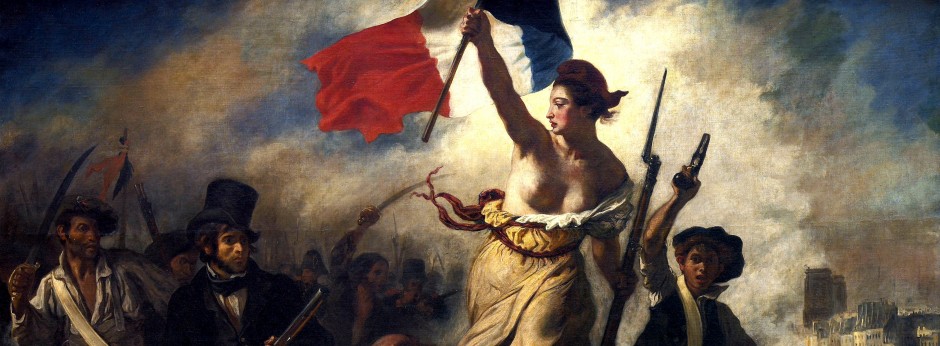I’ve spent most of my life growing up in State College at this point, and Pittsburgh is one of the nearby cities I’ve visited most. I’ve been coming to Pittsburgh since I was eleven, but the point that it became most influential for me was when I was just finding my place in high school. Interestingly enough, the lessons Pittsburgh would have to teach me seemed to change with the city as it developed and revitalized itself, and each visit gave me something new to think about–usually something that I would take to heart for years to come. Now I’ve returned to Pittsburgh again, this time with the Presidential Leadership Academy, and learned even more invaluable lessons, each more beneficial than the last. I thought for my blog this week that I really wanted to go back and examine everything I’ve learned from my time at Pittsburgh–not just the things we did on this trip–and how it relates to the city’s recent resurgence.
So without further ado…
In my sophomore year of high school I joined a Presbyterian youth group. I didn’t belong to the church or really any sort of religion at all, but the club was all-inclusive and full of several of my friends, so I enjoyed it. During every spring break, this group of about fifty or so teenagers and ten adult mentors would drive down to Pittsburgh to do service in the community. We slept on the floor of a church in sleeping bags, getting up early in the mornings so we could go repaint the walls of a homeless shelter, or clean out an old building that was being repurposed, or make food for people who because of factors beyond their control had been forced out into the street. It was during this time–not long ago at all–that Pittsburgh was still recovering in many areas. But the main reason the city has recently been doing so well is because of the insane amount of volunteers who have devoted their time to making things better. I am proud to have done my part during those few years, as I am extremely proud and impressed by the people we met who work in the Braddock Carnegie Library. These people have spent countless hours on this project for very little pay, solely for the purpose of making their community better. As a person who participates in community service on a very frequent basis, I could recognize the expressions of quiet satisfaction the tour guides wore on their faces–not just because they were doing a fantastic job, but because they knew what they were doing was the right thing, and that it was helping people. Upon arriving to college, I assumed Pittsburgh had already taught me all it ever would about what it meant to serve a community, and indeed what I learned during those three spring trips was invaluable and remains extremely influential for me. But this trip to Braddock showed me that Pittsburgh, thankfully, wasn’t done with me yet.
Before this trip, all my educational experiences in Pittsburgh had involved recovery, rebuilding and recuperation. This weekend proved to go beyond that, becoming more than anything a lesson in innovation. Practically everywhere we went, speakers were encouraging us to try new things, to push ourselves out of our comfort zones, and of course showing us how much good could come from that. I think the lesson that perfectly summarized all of those innovative strategies was only mentioned in passing. At Deloitte, the presented us with the “Platinum Rule:” Treat others the way they want to be treated. It is the same concept as the Golden Rule, but this new one (new innovation you might say) recognizes the diversity in a population, that not everyone will want the same thing as you. This might be because of a person’s business chemistry, but it could also be because of their background, experiences, culture, or any other part of them that might be different than ours. I feel this concept is what lead to most–if not all–of the innovations we saw during our trip. Google listened to what it’s employees wanted, and created possibly the most innovative and creative corporate working space ever to help them get their best work done. Deloitte used the concept when examining people’s personalities, and adapted their leading and following styles in order to gel with their colleagues. And the workers at the Braddock Library used it when they examined the community to see what they could do to make the old library useful and valuable to the surrounding community.
So ultimately I feel that being a leader and an innovator has everything to do with looking outside of yourself and considering others and the world around you, and putting them first. That’s what Pittsburgh has taught me through it’s wonderful displays of service, community, and fellowship. I can’t wait to see what this city has in store for me on my next visit.
